 In March of 2023, the new Health Sciences Research Building II, the largest facility of its kind i n Georgia, was officially opened with the aim of further propelling Emory’s medical research through the cutting-edge space that encourages collaboration among researchers working to solve the most complex human health problems.
In March of 2023, the new Health Sciences Research Building II, the largest facility of its kind i n Georgia, was officially opened with the aim of further propelling Emory’s medical research through the cutting-edge space that encourages collaboration among researchers working to solve the most complex human health problems.
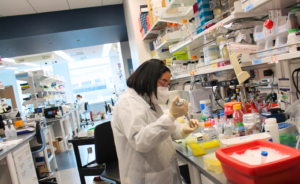 The eight-story, 350,000-square-foot building will house more than 1,000 researchers, including 130 principal investigators, from across a variety of specialties including pediatrics, biomedical engineering, Winship Cancer Institute, cardiovascular medicine, the Emory Vaccine Center, radiology, and brain health.
The eight-story, 350,000-square-foot building will house more than 1,000 researchers, including 130 principal investigators, from across a variety of specialties including pediatrics, biomedical engineering, Winship Cancer Institute, cardiovascular medicine, the Emory Vaccine Center, radiology, and brain health.
“This is an extraordinary facility and is a commitment to our belief in people and to the mission of Emory’s Woodruff Health Sciences. It represents the linkage and integration of core mission, scientific discovery, and innovation to the enhancement of patient care,” says David Stephens, MD, Chair of the Department of Medicine and Vice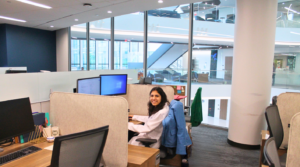 President for Research for the Woodruff Health Sciences Center. “You want to come walk through this building and be in this building, you don’t want to just ride the elevator. It will attract and retain exceptional scientists and learners … but more importantly, lessen the disease burden and keep people healthy.”
President for Research for the Woodruff Health Sciences Center. “You want to come walk through this building and be in this building, you don’t want to just ride the elevator. It will attract and retain exceptional scientists and learners … but more importantly, lessen the disease burden and keep people healthy.”
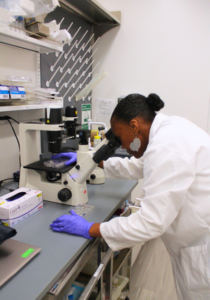
For the Division of Cardiology, the move to this new building not only means that their team will be in a beautiful new space but, more importantly, they will now be in closer proximity to each other and the colleagues they regularly collaborate with. W. Robert Taylor, MD, PhD Executive Vice Department Chair of the Department of Medicine and the director of the Division of Cardiology explains that “accidental collisions are the best part of science, allowing people to interact in close proximity promotes collaboration and the sharing of knowledge.” “Our division colleagues, which were previously spread across two buildings and four floors, will now be on one floor in the beautiful new space built specifically to foster collaboration and innovation among researchers.”
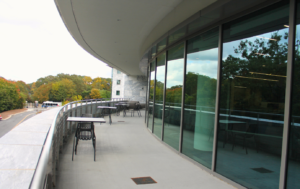
The building was designed specifically with researchers in mind to inspire innovation and collaboration. Wet labs are designed in an open format to promote researchers to work together more closely share ideas and foster scientific exchange. Proximity to their colleagues, both in this building and with the bridge to HSRB I, was an important consideration as well. Cardiology now shares the building with many past, current, and future collaborators, such as biomedical engineering, imaging, and animal research facility. Neal Dickert, MD, PhD, Associate Professor, Emory University School of Medicine, Division of Cardiology, ECCRI, and the Interim Director, Emory Health Services Research Center explains, “Our move to HSRB II has been really exciting. I walk into the office these days with greater energy and enthusiasm to be at work. 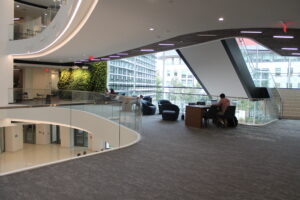 Bringing the research faculty and administration within the division together in a common space promotes more regular interaction and is already helping to grow personal and professional connections that lead to highly collaborative team science, efficient coordination of programs, and a stronger sense of community.
Bringing the research faculty and administration within the division together in a common space promotes more regular interaction and is already helping to grow personal and professional connections that lead to highly collaborative team science, efficient coordination of programs, and a stronger sense of community.  There are a number of meeting spaces available (both inside and outside) that are well-suited for both smaller and larger meetings.”
There are a number of meeting spaces available (both inside and outside) that are well-suited for both smaller and larger meetings.”
This sleek space has already assisted with recruiting new faculty members and fellows. Incoming faculty member Richard Wainford, MD, the new R. Bruce Logue Chair of Cardiology, shares his excitement about working in this new space and why it was an important factor in his decision to join Emory. “The new Cardiology space in HSRBII, with its open-plan lab space, outstanding facilities, and design that fosters the development of collaborative team science, was a major factor in my decision to join Emory.” This new space continues to be a selling point when recruiting new faculty members and we look forward to seeing who else joins the team in the future.
Puja Mehta, MD, Clinical Research Cardiology Fellowship Director and an associate professor at the Department of Medicine, shares why this is a unique opportunity for the program to draw top talent to Emory. “This building creates a unique atmosphere that allows our clinical research and basic science trainees to learn from each other and gain invaluable experience for their growth.” 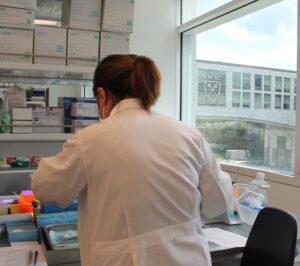 Dr. Mehta continued, “Following our move into this beautiful new space, we expect a new wave of mentorship as well as collaborative, innovative projects to tackle cardiovascular disease.”
Dr. Mehta continued, “Following our move into this beautiful new space, we expect a new wave of mentorship as well as collaborative, innovative projects to tackle cardiovascular disease.”
As time goes on, we expect to see the results of the move into this extraordinary new space. As our cardiologists and researchers use these cutting-edge facilities, built for collaboration and to propel Emory’s research into the next frontier of medicine, we are excited to see what innovations emerge. This space will surely help advance the division’s goals, whether by silently recruiting new faculty and fellows or by inspiring collaboration to make innovative medical breakthroughs with other researchers in the same building. 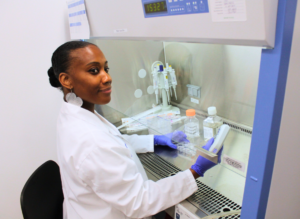 Emory’s Division of Cardiology is sure to have a bright future in this sparkling new space.
Emory’s Division of Cardiology is sure to have a bright future in this sparkling new space.
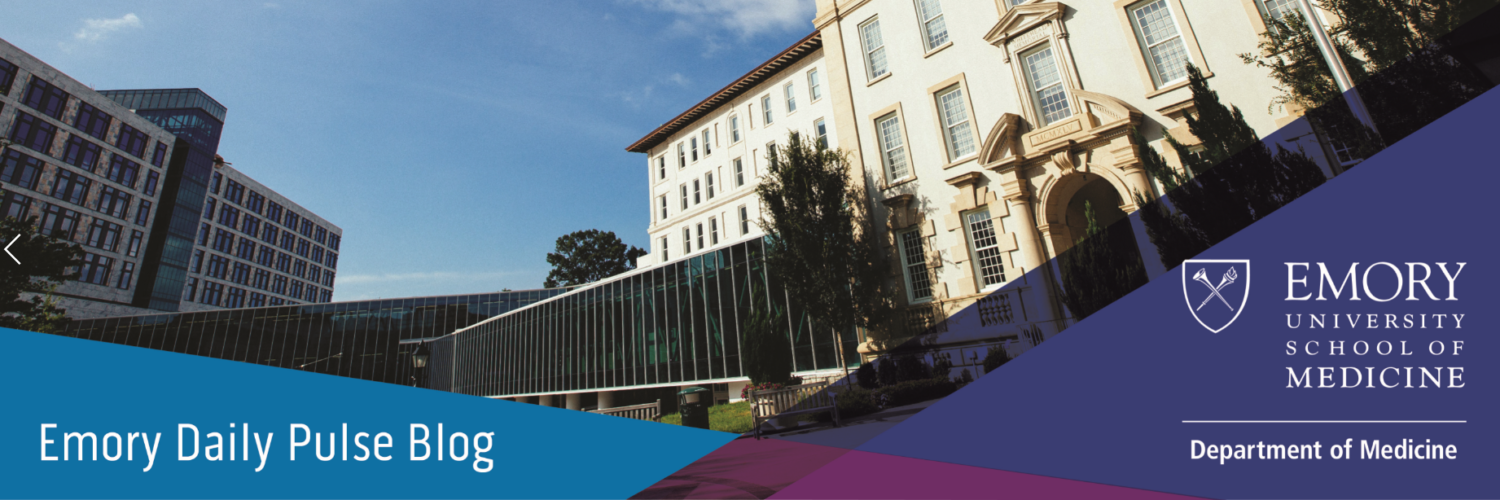

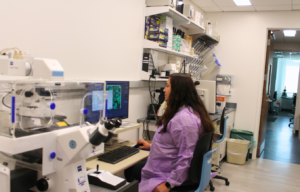
Be the first to comment on "Cardiology moves into Georgia’s largest Health Sciences Research Building"